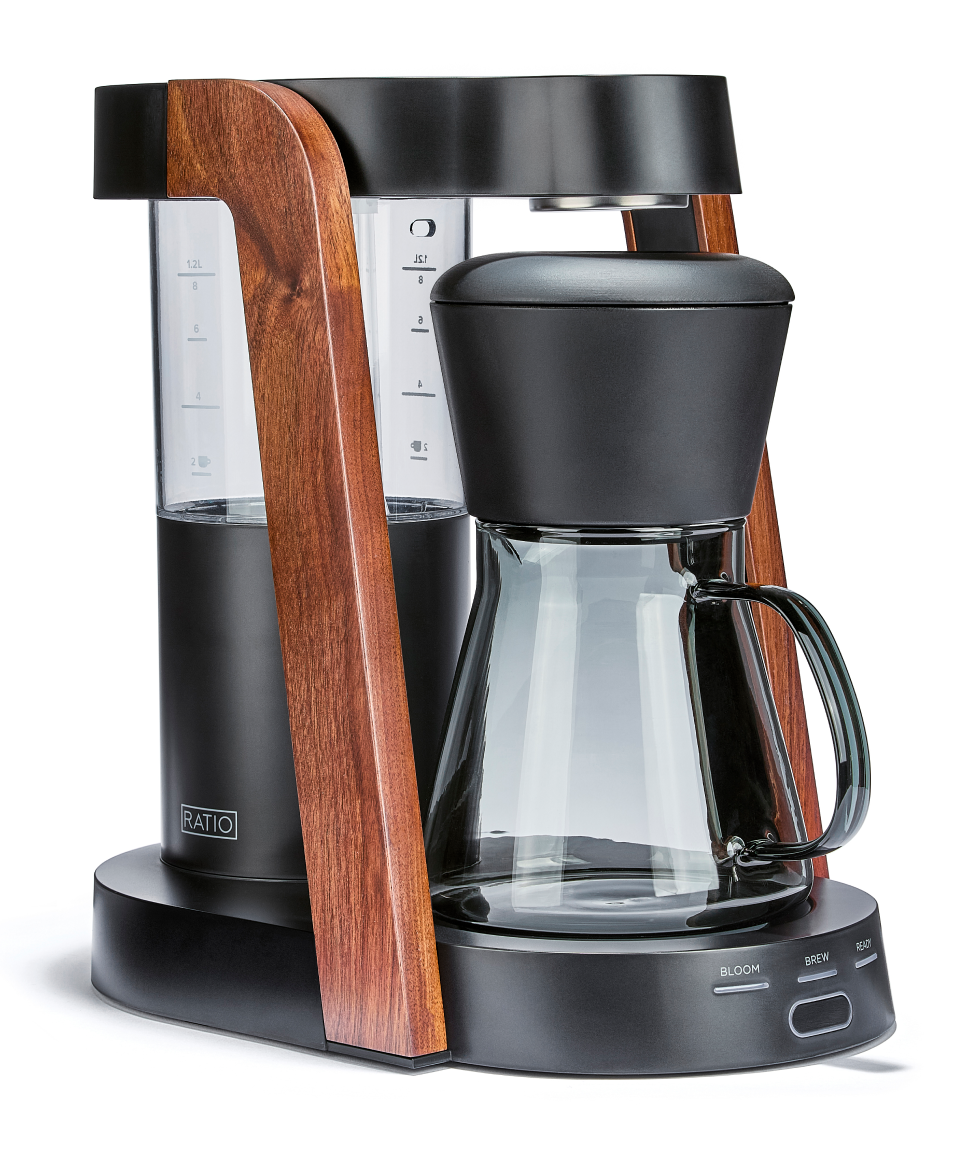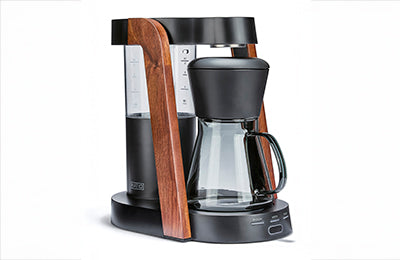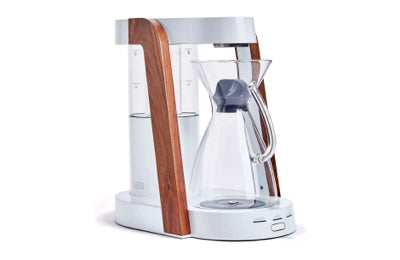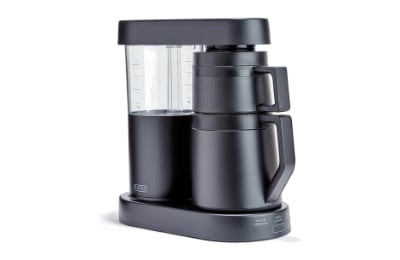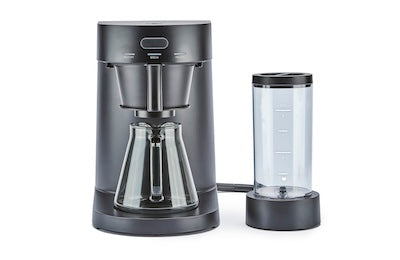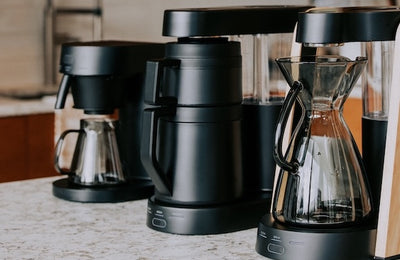Common Mistakes New Coffee Brewers Make (and How to Fix Them)
Key Takeaways
- Fresh coffee beans significantly improve flavor and aroma in your brew.
- Correct coffee-to-water ratios are crucial for a balanced extraction.
- Water quality directly impacts the taste and quality of your coffee.
- Proper brewing temperature is essential to extract optimal flavors.
- Regular maintenance of coffee equipment is vital for consistent results.
Brewing that perfect cup of coffee can be a rewarding experience, but as a beginner, you might encounter a few hurdles along the way. Common mistakes include using the wrong coffee brewing ratios, resulting in a weak or overly strong brew. Understanding the right proportions is crucial in mastering any coffee brewing techniques. Additionally, when learning how to brew cold brew coffee, it’s easy to overlook the importance of time and temperature, which can significantly affect the flavor. Another frequent error is inconsistent grind size, which impacts extraction and taste. By addressing these missteps, you’ll soon enjoy a more flavorful cup, tailored to your tastes.
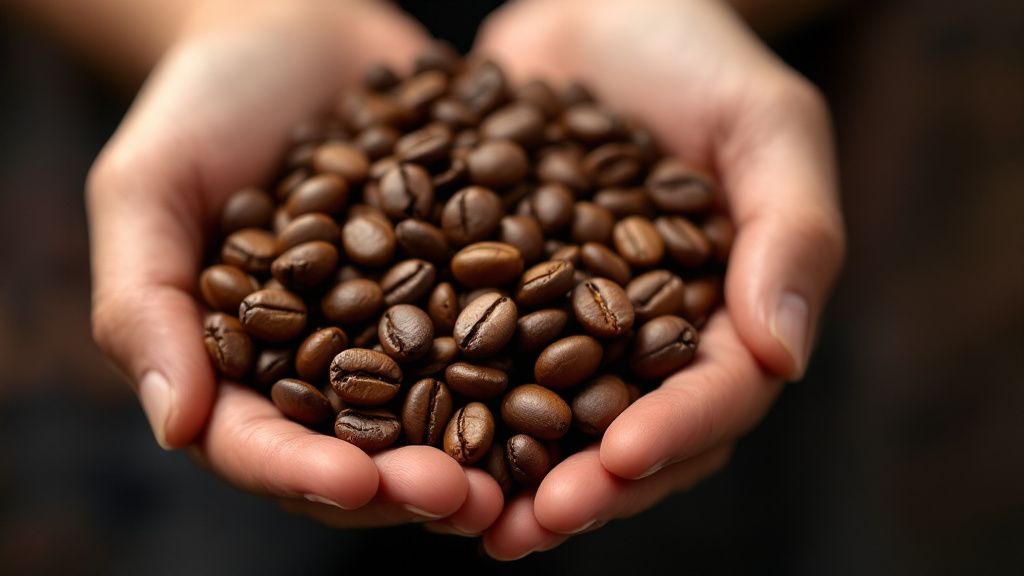
Not Using Fresh Coffee Beans
Fresh coffee beans are an essential part of achieving a great tasting brew, yet many new coffee enthusiasts overlook this detail. Using older beans diminishes the flavor and aroma, as they tend to lose their vitality over time. The natural oils, responsible for the rich taste, evaporate, leaving you with a flat cup that's far from the vibrant experience intended. Prioritizing fresh beans elevates both the quality and enjoyment of your coffee.
To ensure you're always using fresh beans, pay attention to the roast date on the packaging. Ideally, coffee should be consumed within two to three weeks after roasting for optimal flavor. Buying whole beans and grinding them just before brewing can also make a substantial difference in preserving that freshness. This small change enhances the outcome of various coffee brewing techniques, resulting in a more satisfying cup.
Another factor to consider is proper storage. Keep beans in an airtight container, away from light, heat, and moisture, to prolong their freshness. Transparent containers or storing beans in the fridge exposes them to harmful elements that accelerate the loss of aroma and flavor. By storing them correctly, you maintain their integrity and improve how to brew cold brew coffee with more appealing results.
To make the most of your coffee journey, try establishing a routine of purchasing smaller amounts of fresh beans more frequently. This practice not only keeps your cupboard well-stocked but ensures that you’re always brewing with the freshest batch possible. With this adjustment, you’ll notice an appreciable difference in the aroma and flavor, making each cup a true delight.
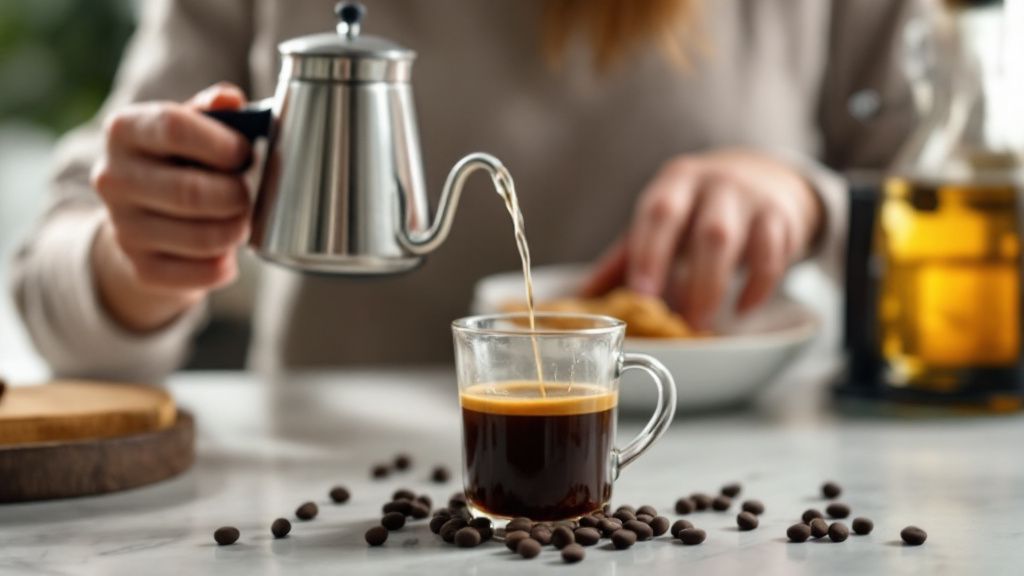
Incorrect Coffee-to-Water Ratio
Achieving the right balance in your brew hinges on getting the coffee-to-water ratio correct, a common stumbling block for new brewers. Using too much coffee can lead to a bitter and overpowering taste, whereas too little results in a weak and unsatisfying cup. Both outcomes can be disappointing, emphasizing the importance of measuring your ingredients correctly. Precision is the key to avoiding these pitfalls.
How does mastering coffee brewing ratios impact your daily coffee experience? Knowing the correct ratios allows you to consistently deliver a brew that meets your desired strength and flavor. Generally, a common starting point is the 1:16 coffee-to-water ratio: one part coffee to sixteen parts water. Adjustments can be made based on personal preference, but staying within a recommended range ensures a balanced extraction.
Experimenting with different ratios is an effective way to discover your optimal brew. A slightly higher ratio might suit those who prefer a bolder taste, while a lower ratio may appeal to those who favor something milder. For cold brew coffee, the ratio will differ, often more concentrated to offset the dilution from ice. Customizing your approach allows for a truly personalized coffee experience.
Measuring the coffee and water with precision is essential; a digital kitchen scale can provide this accuracy. Volume measurements like scoops and cups are prone to inconsistencies, affecting the final outcome. Adopting weighed measurements in your coffee brewing techniques not only assures uniformity but also refines your crafting process over time.
To improve your brewing endeavors, try keeping a brewing journal, noting the ratios and methods used for each brew. This practice helps in identifying which coffee-to-water combination brings the best results for you and serves as a record for revisiting those satisfying experiences. By understanding and adjusting your ratios, you transform each cup into a tailored delight, maximizing your coffee satisfaction.
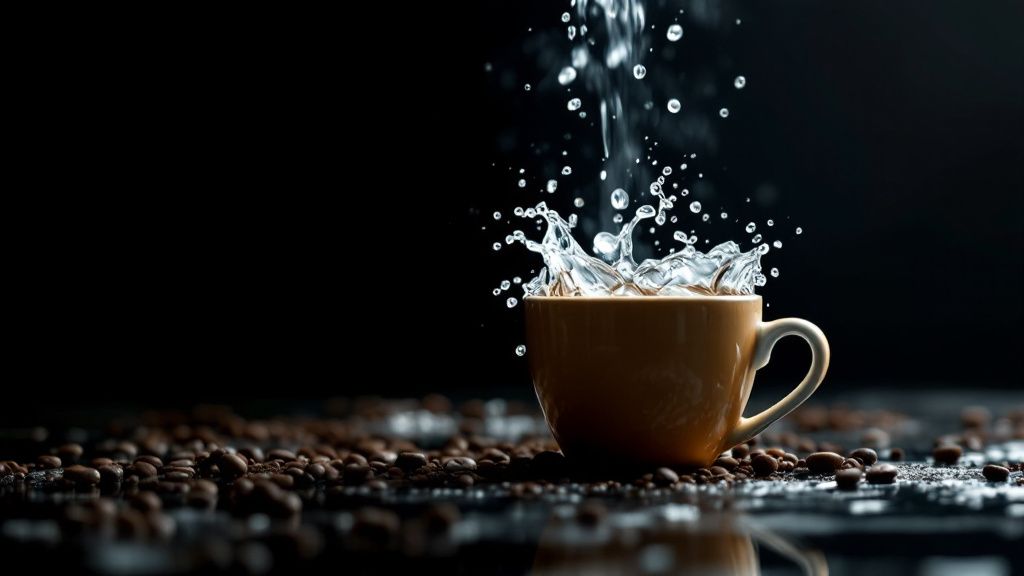
Ignoring Water Quality
Water quality plays a crucial role in coffee brewing, yet many novices underestimate its impact. Using water that's too hard or contains impurities can alter the flavor profile of your coffee, leading to a less enjoyable experience. Maintaining optimal water quality ensures that you extract the best flavors from your coffee grounds, allowing the brewing techniques you use to shine through with clarity.
One of the most frequently asked questions about brewing is whether tap water affects the taste of coffee. The answer lies in the water's mineral content. Tap water with high calcium and magnesium levels can cause coffee to taste flat. Using filtered water, which balances these minerals, can make a noticeable improvement in taste across various coffee brewing techniques.
Checking water quality might sound complicated, but it can be as simple as using a basic water filter or opting for bottled water specifically labeled for brewing. This small adjustment aligns with proper coffee brewing ratios, enhancing the final brew's flavor. Filtering water helps in optimizing your brew’s taste, especially in long-extraction methods like cold brew coffee.
To further refine your coffee experience, experiment by using water with varying mineral compositions. Observing how each affects the flavor can nurture your understanding of the crucial interplay between water and coffee. This mindfulness in water selection can lead to significant improvements in your coffee-making ritual, transforming each cup into a superior experience.
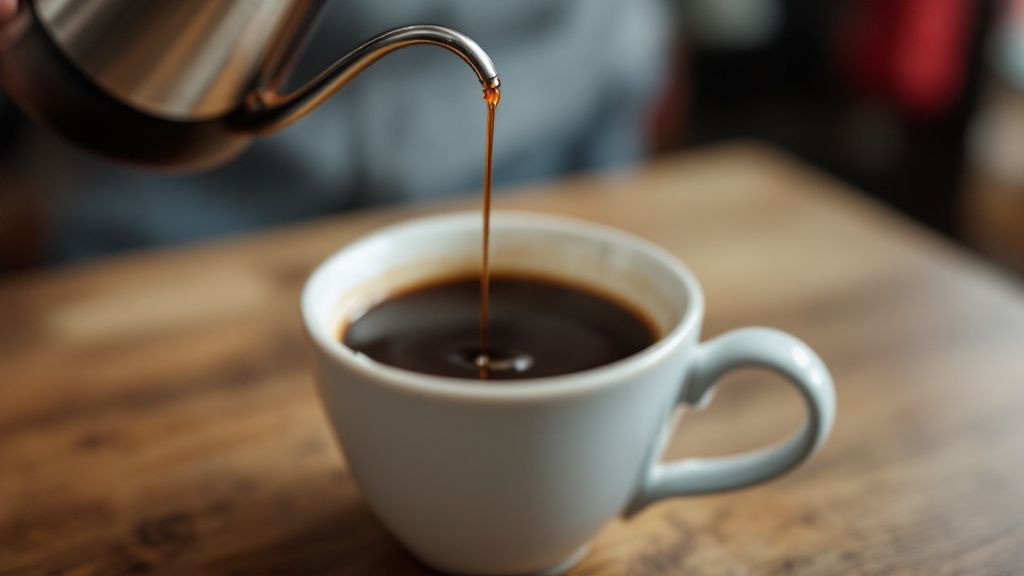
Using the Wrong Brewing Temperature
Getting the brewing temperature right is crucial for unlocking the full potential of your coffee. Water that's too hot can scorch the grinds, leading to a burnt or bitter taste, while water that's too cool might under-extract flavors, resulting in a weak and bland cup. Achieving the ideal temperature, between 195°F and 205°F (90°C and 96°C), is essential for balanced and enjoyable coffee across different coffee brewing techniques.
Looking ahead, advancements in coffee brewing are expected to evolve in ways that might make temperature control more precise and user-friendly. Innovations like smart coffee makers or precision kettles aim to simplify this aspect for home brewers, allowing you to set and maintain the perfect temperature with ease. These developments promise to enhance the consistency of your brews, making it easier to replicate that perfect cup time and again.
For cold brew coffee, it's essential to remember that temperature control shifts focus to steeping time rather than the initial water temperature. The brewing process is naturally slower, relying on extended contact over hours to extract flavors. However, controlling the environment can still greatly impact the outcome, highlighting the versatility required in mastering coffee brewing ratios and techniques.
Experimenting with temperature while brewing helps identify your personal sweet spot. Simple tools like a thermometer can guide adjustments, ensuring consistent results. This understanding of temperature not only refines your current approach but also prepares you for the evolving landscape of coffee innovations, positioning you as a knowledgeable and adaptable home brewer.
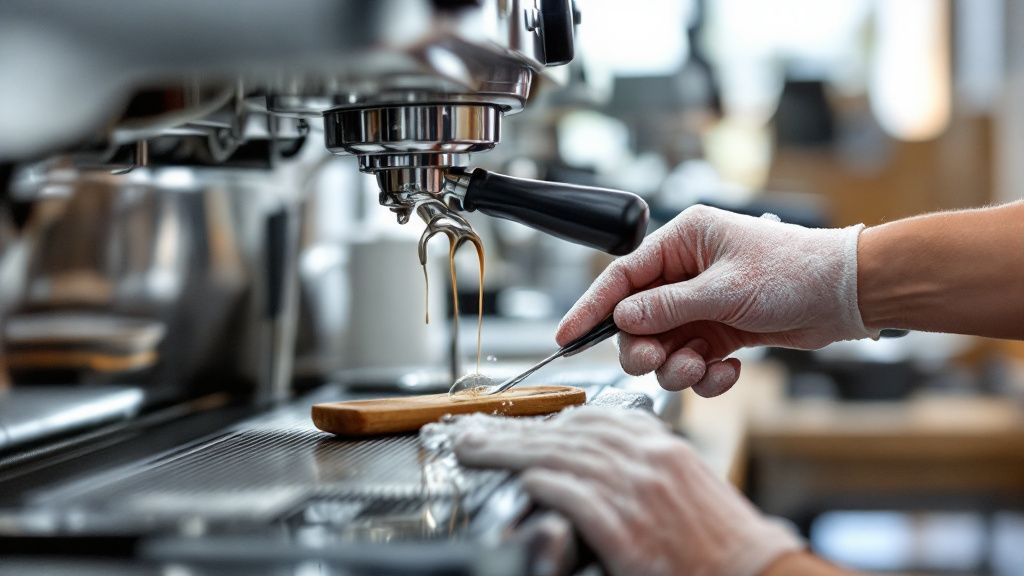
Neglecting Equipment Maintenance
Equipment maintenance often gets overlooked in the quest for the perfect cup of coffee, yet it plays a vital role in the brewing process. Residue from coffee oils and grounds can accumulate in your equipment, affecting the taste and quality of your brews. Regular cleaning prevents this buildup, ensuring each cup tastes as it should and your equipment lasts longer.
To truly understand the impact of neglecting maintenance, you need to shift your mindset from viewing cleanup as a chore to seeing it as an integral part of your coffee-making ritual. This minor adjustment in perspective not only enhances the taste but also reflects your respect for the craft and investment in your equipment.
Incorporating a routine maintenance schedule can make a significant difference. Simple steps like rinsing your equipment after each use and performing deeper cleanings weekly help prevent lingering residues that can mar flavors. Whether you're mastering coffee brewing ratios or learning how to brew cold brew coffee, clean equipment ensures that you're starting each brew on the right note.
Beyond routine cleaning, periodically descaling your coffee maker is also advisable to remove mineral deposits that accumulate from water use. This thorough approach to equipment care ensures you maintain the integrity of your brewing techniques, paving the way for consistently delicious and rewarding coffee experiences.

Failing to Experiment with Brewing Methods
Sticking to just one brewing method can deprive you of discovering new flavors and enhancing your coffee experience. One of the challenges in creating a dynamic coffee routine is the tendency to stick to familiar methods, which limits your understanding of coffee's versatility. This issue can be addressed through a willingness to experiment with different brewing techniques like French press, pour-over, or how to brew cold brew coffee. Each method accentuates distinct aspects and nuances of flavor.
Rather than relying on a singular approach, consider exploring how different coffee brewing techniques and coffee brewing ratios can transform the same beans into remarkably varied tasting experiences. For instance, adjusting the grind size in a pour-over method can highlight subtle flavors, while altering the steeping time in cold brew can affect the extraction balance. Experimentation not only broadens your appreciation but also fine-tunes your ability to personalize your perfect brew, making each cup unique and tailored to your taste.
Frequently Asked Questions
Why is using fresh coffee beans important?
Fresh coffee beans ensure the best flavor and aroma, as older beans may lose their oils and vibrancy over time.
How can I find the correct coffee-to-water ratio?
Start with a 1:16 coffee-to-water ratio and adjust according to your taste preference to achieve the desired strength.
Does water quality affect the coffee taste?
Yes, impurities or high mineral content in water can alter the flavor profile of your coffee.
What is the ideal temperature for brewing coffee?
The ideal brewing temperature is between 195°F and 205°F (90°C and 96°C) to extract optimal flavors.
How often should I clean my coffee equipment?
Regularly rinse your equipment after each use and perform deep cleaning weekly to maintain flavor consistency and quality.
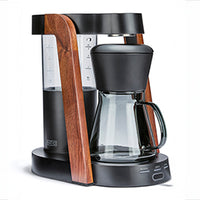 Ratio Eight S2
Ratio Eight S2
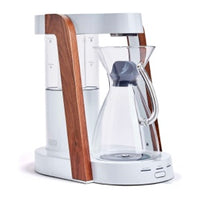 Ratio Eight Original
Ratio Eight Original
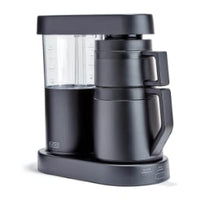 Ratio Six
Ratio Six
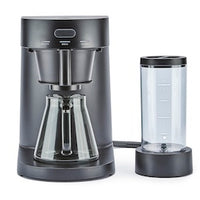 Ratio Four
Ratio Four
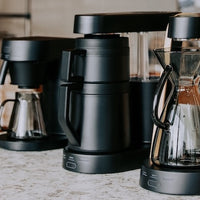 Compare Machines
Compare Machines
